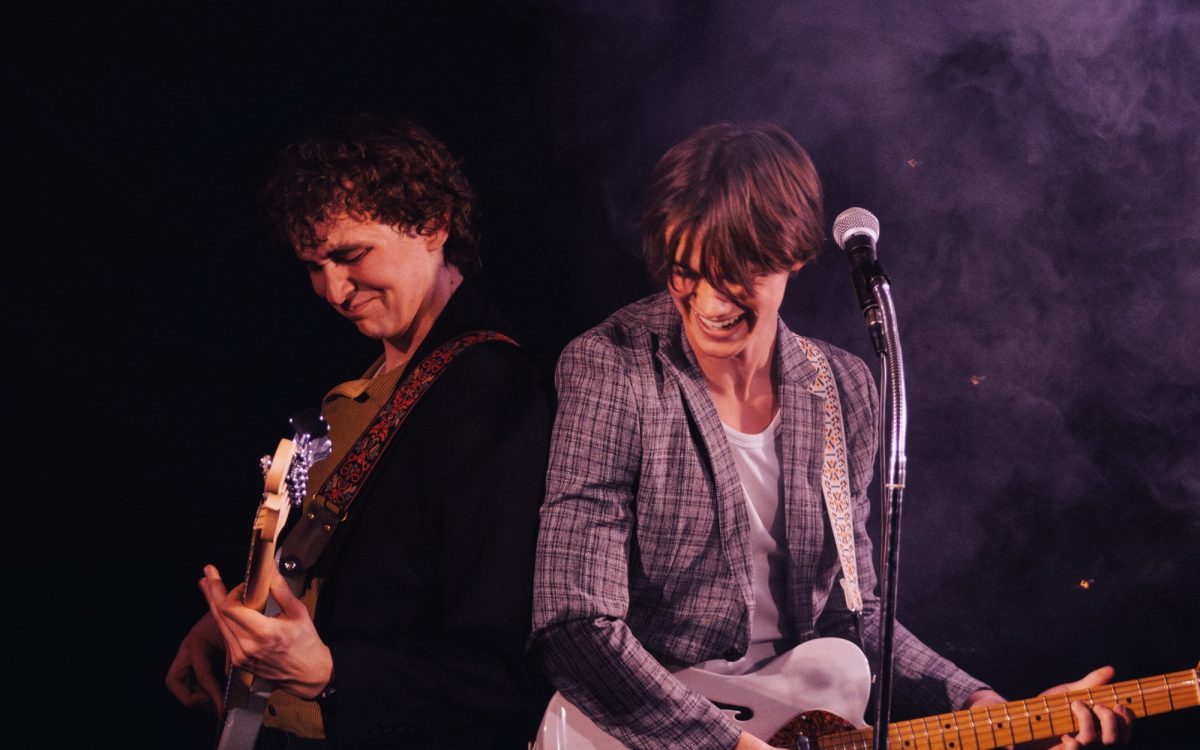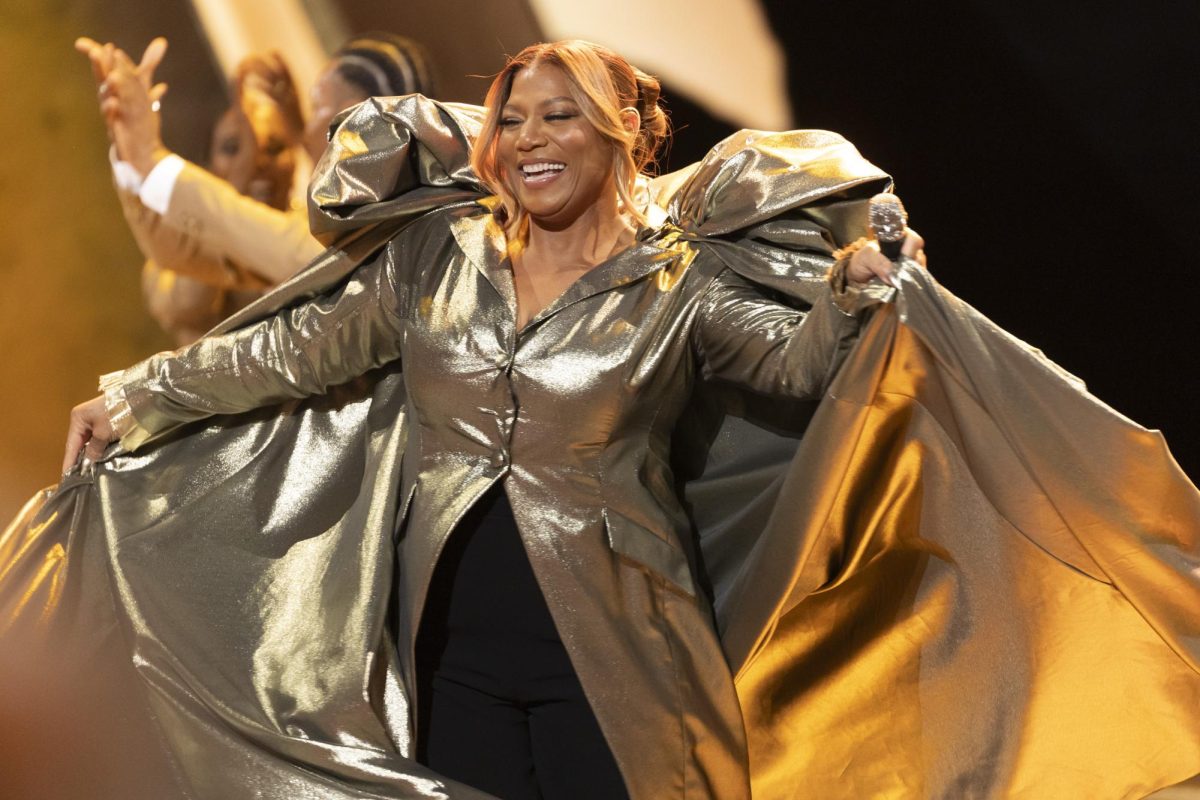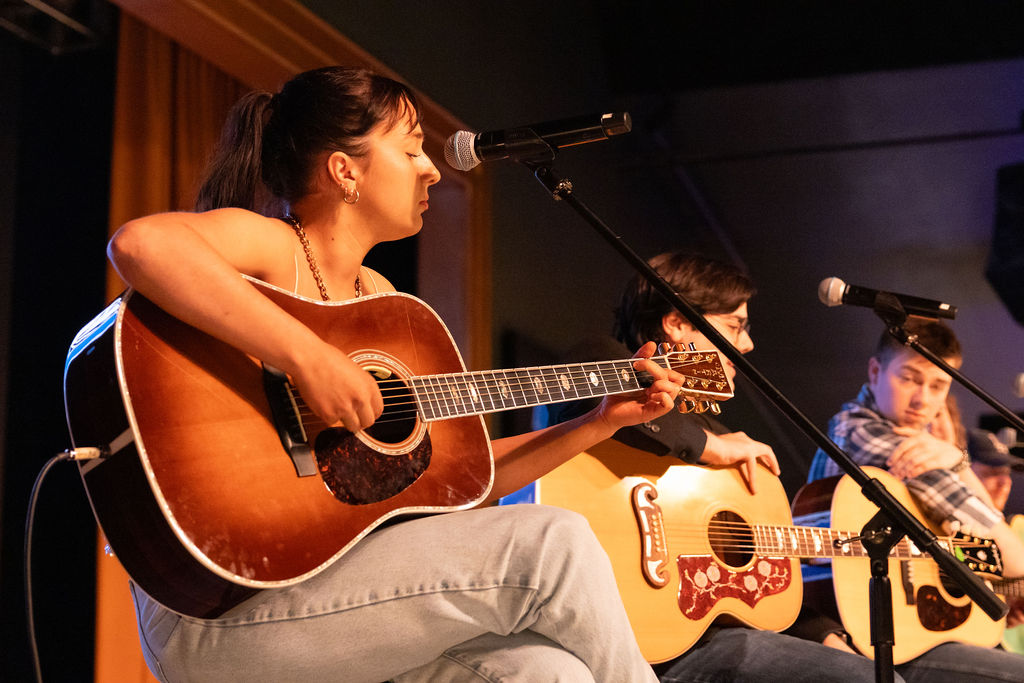By L. N. Harrison // Contributing Writer | Photo courtesy of Nashville Symphony
To begin, I must give the disclaimer that due to traffic and weather, I arrived late. If what I missed of the performance of Haydn’s Symphony No. 1 in D Major was as spectacular as the rest of the concert – and, by what I heard of it over the speakers and while watching the televisions the Schermerhorn so kindly stations outside the doors for those who have arrived late, I have no doubt that it was – it truly is my loss.
Having said that, when I was able to enter the Laura Turner Concert Hall, it was just before the piano was raised from under the stage. (As an aside, yes, for anyone who hasn’t attended a concert at the Schermerhorn where they require a piano, they quite literally have a part of the stage that raises the piano up as though it’s on its own personal elevator.)
With the piano on the stage, pianist Anne-Marie McDermott walked out onto it as well, and after greeting the crowd, took her place. Then, the conductor – Gilbert Varga – re-entered, and only a few moments later, Mozart’s Concerto No. 15 in B-flat major for Piano and Orchestra, K. 450 had begun.
Before this concert, I had nothing more than a vague knowledge of McDermott, but following it, I have no doubt that I will try to find some of her recordings, because her playing is phenomenal. With her skill and the Symphony accompanying her, Mozart’s Concerto No. 15 was not only unbelievably relaxing, but the opening Allegro movement was so light and airy that, over the course of it, all the tension of the day melted away and was banished as though it had never been there in the first place.
Despite its fast pace and its soaring ascensions, there was a sort of tranquility to the first Allegro section, and the recurring theme of reciprocity between the piano and the rest of the symphony was a joy to hear as they complimented each other beautifully, one never overpowering the other. The sound was like the feeling one gets from standing in the middle of a meadow as a soothing spring breeze carries fragrant flower petals past.
The Andante movement was equally soothing though with a sort of almost wistful sound to it, all building up to a great tension before tapering back down and building up again, the ebb and flow, give and take between orchestra and piano was not only ever-present but even more evident in this section that it had even been in the first Allegro.
The second Allegro was brought about with a dramatic return to the imagery of the meadow, though rather than simply standing in it, the busy and bounding sound of the piano and symphony evoked the image of running and skipping through it, a joyful sound returning to the dainty yet incredibly fast runs and trills, though with some heavier elements woven in by the lower strings.
At the end of this piece, there was a brief intermission, allowing the audience to leave their seats for a time before returning for the final performance of the night, the main advertised Rimsky-Korsakov’s Scheherazade.
For those unfamiliar, the suite was named for the cunning heroine of One Thousand and One Nights, or the more common English title, Arabian Nights. In this story, the Sultan’s first wife had been unfaithful to him and so he swore that he would wed a woman and then have her killed the next morning because he believed that all women were unfaithful by nature. Scheherazade was the daughter of the sultan’s vizier and crafted a plan to stop the sultan from continuing this murderous trend. Placing her own life on the line, she married the sultan but on their first night together, she told him a tale, yet would not complete it that night, instead making him wait until the next night to finish it and then she would begin another tale that she would not finish until the next night. The cycle repeated for 1,001 nights, thus keeping her alive, until at last the Sultan had a change of heart and abandoned his plans to kill her as well.
To my knowledge, I have never before heard this suite, but hearing it for the first time from the Nashville Symphony is an experience that I will never forget. Neither would I want to do so, because as well-performed as was what I did hear of Hadyn’s Symphony No. 1 in D Major and as was the entirety of Mozart’sConcerto No. 15 in B-flat major, Scheherazade was not only the feature of the night, but the pinnacle.
It began with the booming and lumbering brass, a musical representation of the Sultan, before giving way to the flute and oboe, then the others fading away to welcome the lighter contrast of a single violin – Scheherazade’s voice as she weaves her tales. The recurring violin solos performed throughout the piece by Jun Iwasaki were absolutely exquisite and I have never heard anything that could match them in beauty.
With its first iteration, the wistful and winding, rich and mellow singing of the violin, much like Scheherazade herself in the story, enticed the listener to lean in, to come just a little closer, and to hear what it will say. Once it has piqued the interest of the audience, the Symphony returns again with the sweeping sound as though the listener were being carried away across the sands of the desert, and then becoming lost to the narrative woven by the master storyteller.
The crescendoing build each time so fully embodied the excitement and thrill of the tale before pulling back again, relinquishing its grip on the audience to the flute, oboe, and horn, soothing like the descent of sleep after Scheherazade has assured herself another night. After a time, this led to the violin returning again, quick and clear, before giving way to the crescendoing narrative and the booming brass then once more to the peacefulness of the oboe, flute, and strings, the cycle continuing until a brief but weighty pause. The bassoon then led the listener into the next section to be joined by the soaring and light tones of the Symphony again.
With the final movement was a light, floating sound that soon gave way to a frantic foreboding lead by strings, then all the anxious and building spiraling and tossing of a ship caught in a storm at sea. This building clamor and booming continued, making the heart race and flutter, until the ringing of the cymbals sounded through the hall and the music grew soft once more, the recurring theme of Scheherazade’s voice returning just as smoothly and effortlessly as though the 40 plus minutes of Rimsky-Korsakov’s suite had been nothing. A high and anticipatory note held between the high of the violin and the Symphony – an unsettling feeling provoked, like that moment of teetering right at the edge – until at last it reaches a soft and sweet resolution, a promise that the Sultan’s plans to kill Scheherazade have been finally put to rest.
This stunning performance of Scheherazade was seamless, a perfect feature and finale as each instrument, theme, and element like a thread wove together an exquisitely rich and vibrant tapestry of sound. The audience was so moved at its completion as to give it a five-minute standing ovation.
Varga, who had so masterfully and elegantly conducted throughout the entirety of the concert, returned to the stage several times, brought back by the audience’s claps, whistles, and cheers, and he in turn had each section leader in the Symphony to rise and bow as well.
Nashville may be considered the home of country music, but for any who attended this performance, there can be no doubt that it is home to a spectacular symphony as well.
For more events and updates, follow us at www.mtsusidelines.com, on Facebook at MTSU Sidelines and on Twitter/Instagram at @Sidelines_Life.
To contact Lifestyles editor Tanner Dedmon email [email protected].







